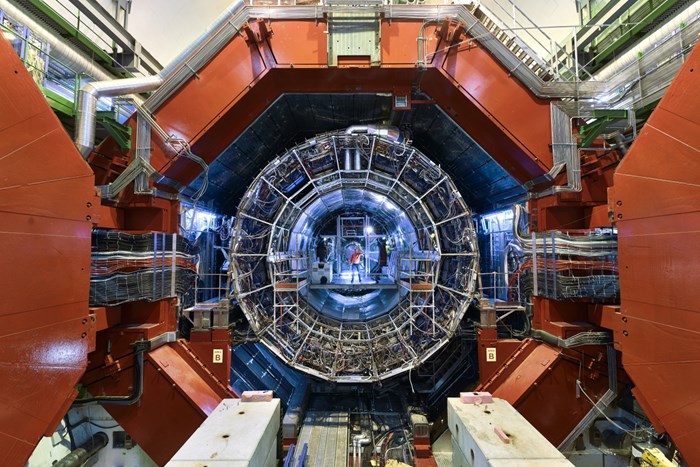Case Study: The role of cables in Particle Physics at CERN
As a European organisation operating highly innovative particle physics research projects, CERN uses the world’s largest and most complex scientific instruments. Founded in 1954 and based in Geneva, on the France-Switzerland border, there are approximately 2,500 staff who are responsible for designing, constructing, and operating the research complex.
CERN is described as a ‘unique collaboration of countries, universities, and scientists committed to creating and sharing knowledge, to provide insights and scientific advancements and help the society around the world.’ The organisations’ extensive expertise spans various industries, including aerospace, healthcare, quantum, digital, and environment.
Cables supporting Particle Physics infrastructure
Particle physics is CERN’s main area of research, to learn more about the fundamental structure of matter using highly advanced and powerful accelerators and detectors. One such research instrument is HiLumi, the High Luminosity Large Hadron Collider (HL-LHC), which is undergoing a significant upgrade. The refurbishment will enable future experiments to gather more extensive data samples and acquire incredible scientific research results. This major project is currently undergoing the phase of procuring and testing the cable products, with the project due to commence installation in 2025 and launch in 2029. The development is expected to use approximately 2,000km of cables. In addition to the HiLumi project, CERN facilitates several other experiments and research areas, such studying dark matter and producing 3D colour X-rays, to name a couple of examples.
Read the full case study.



